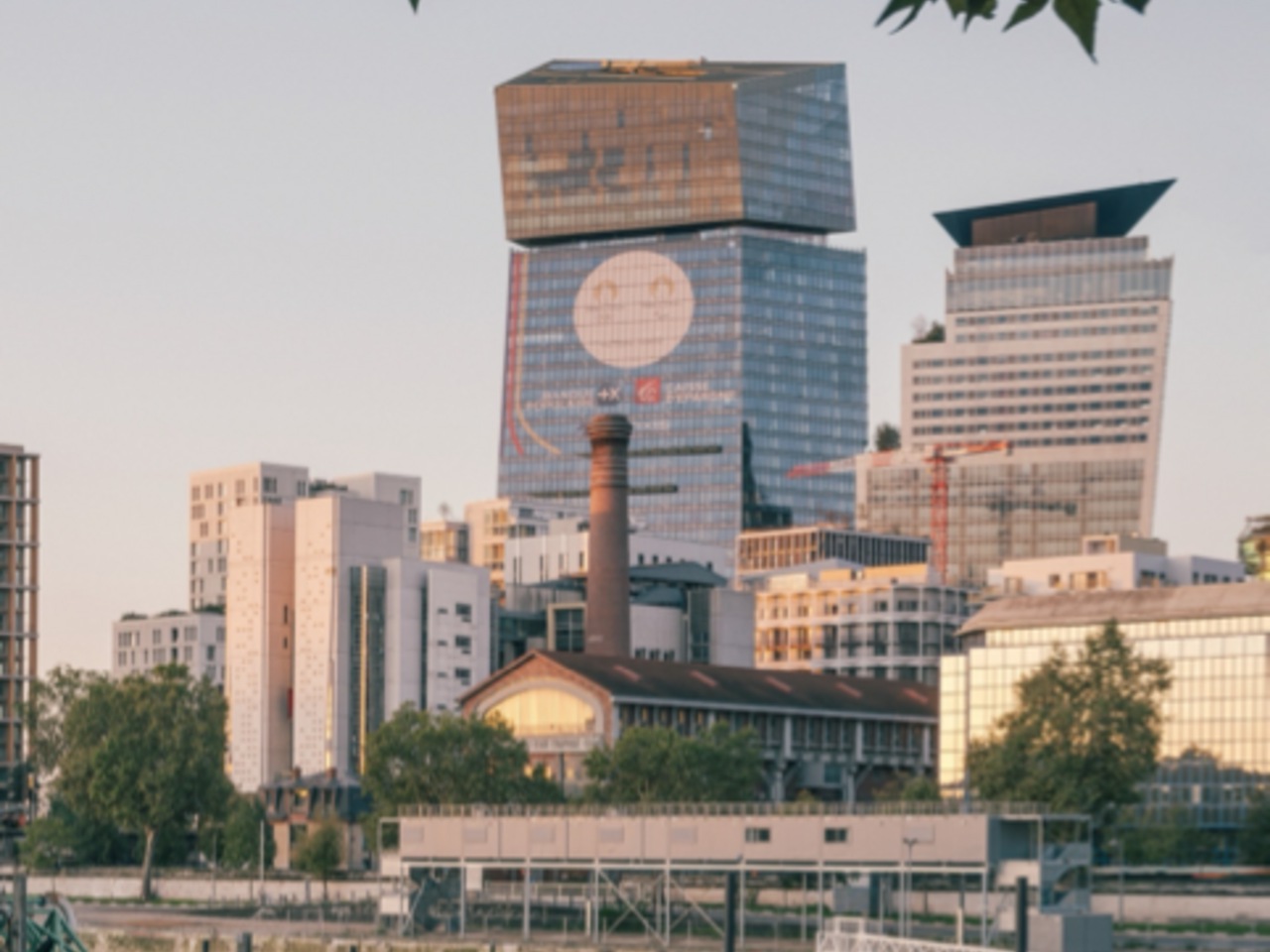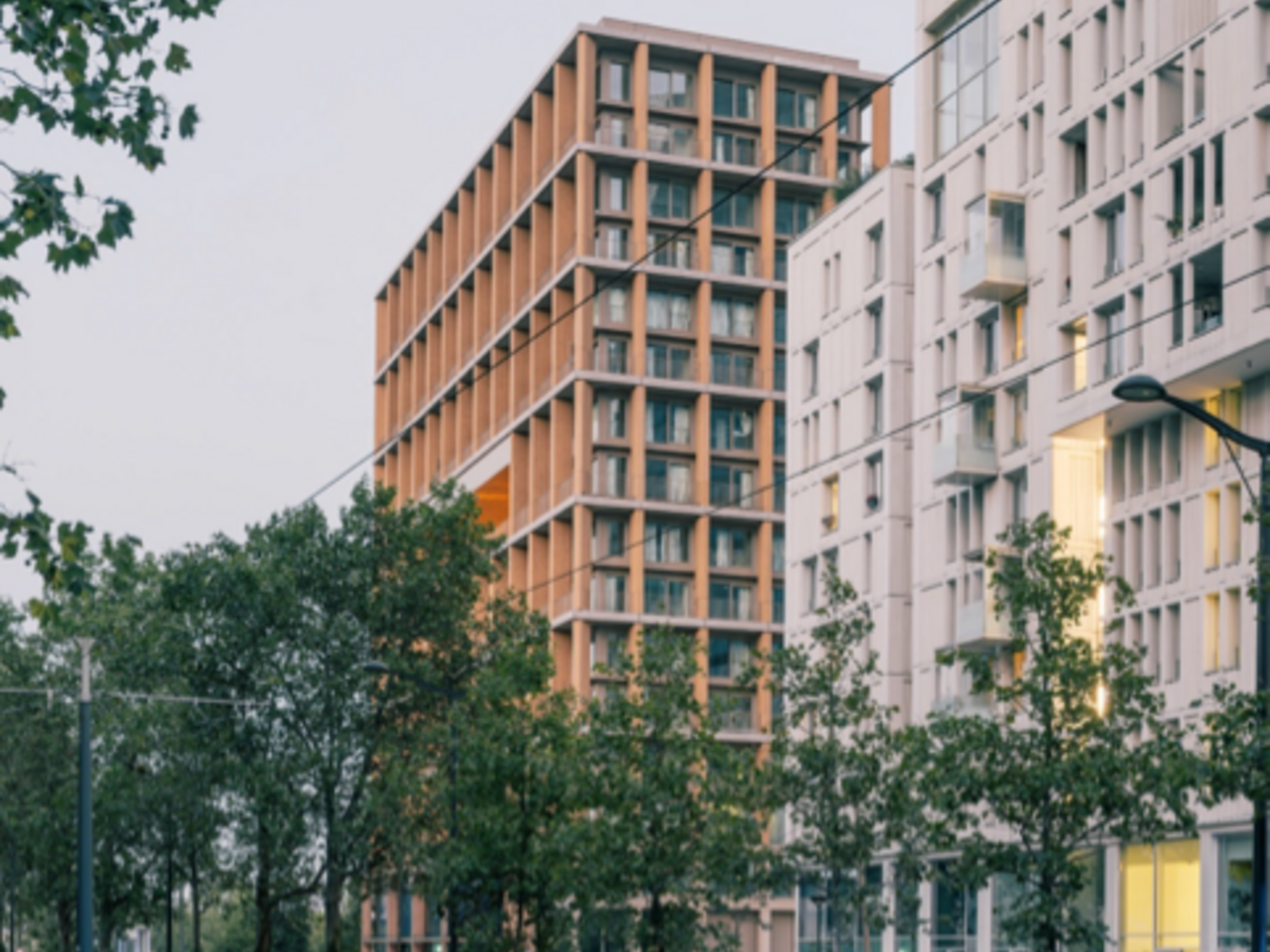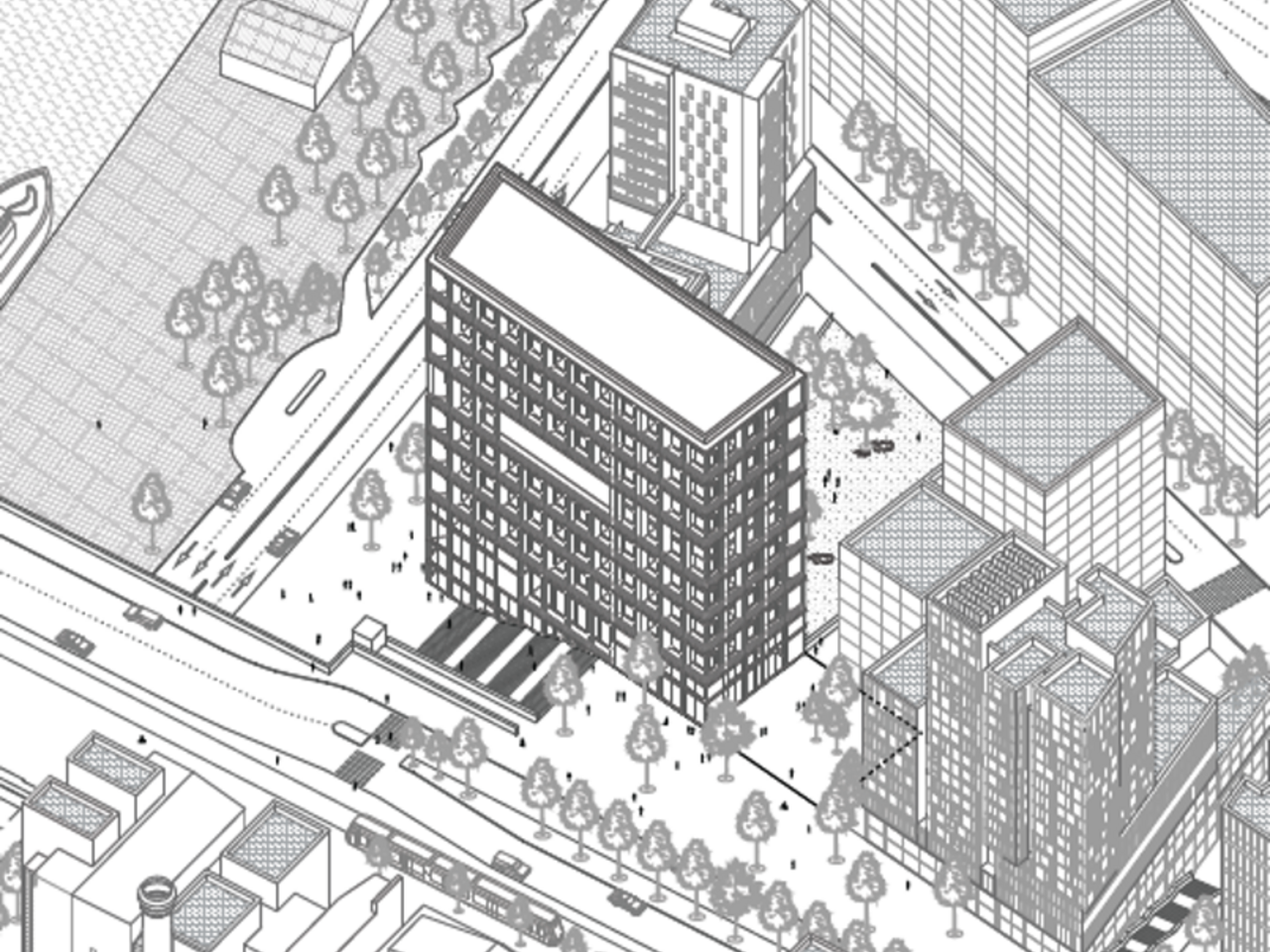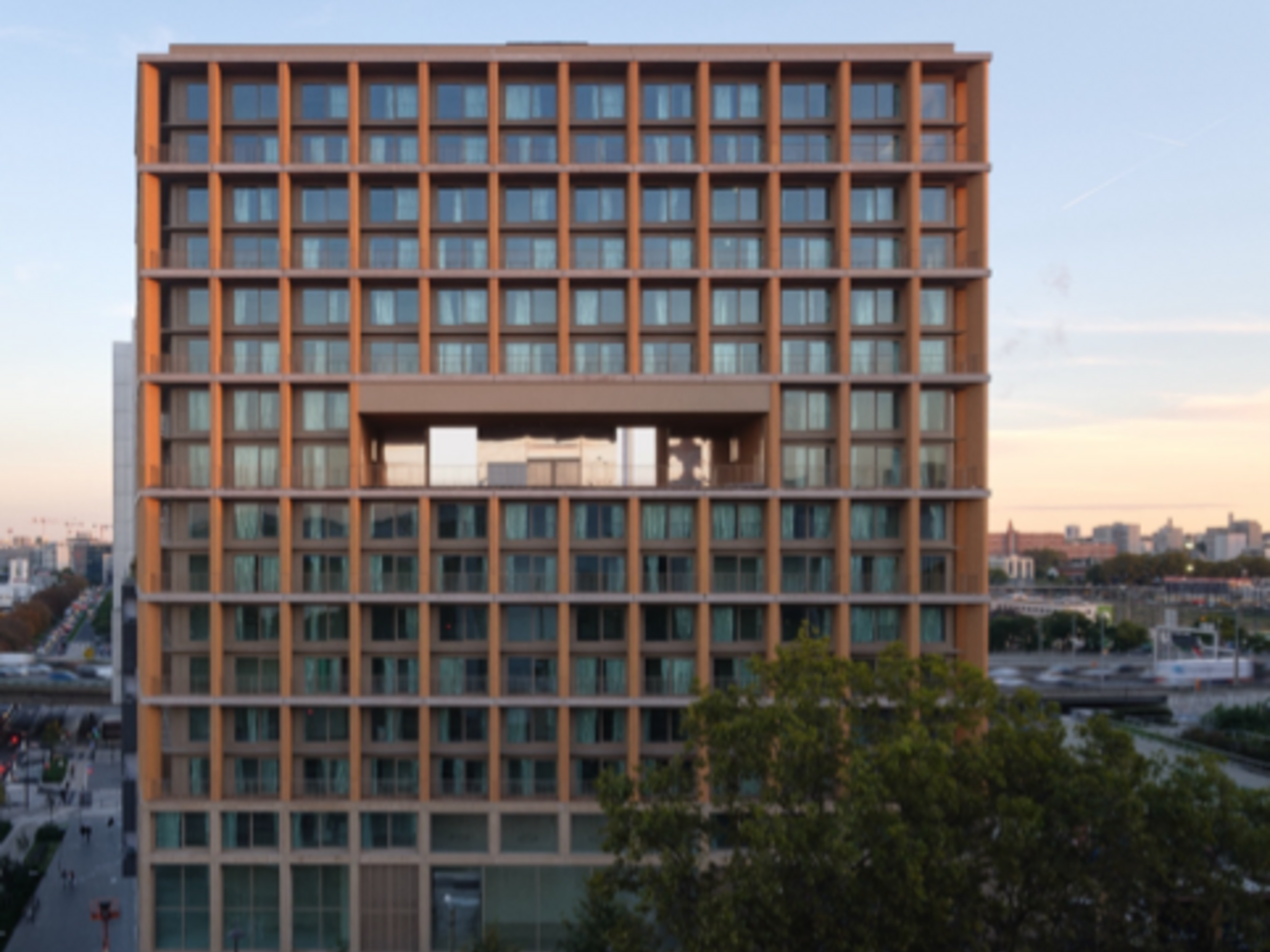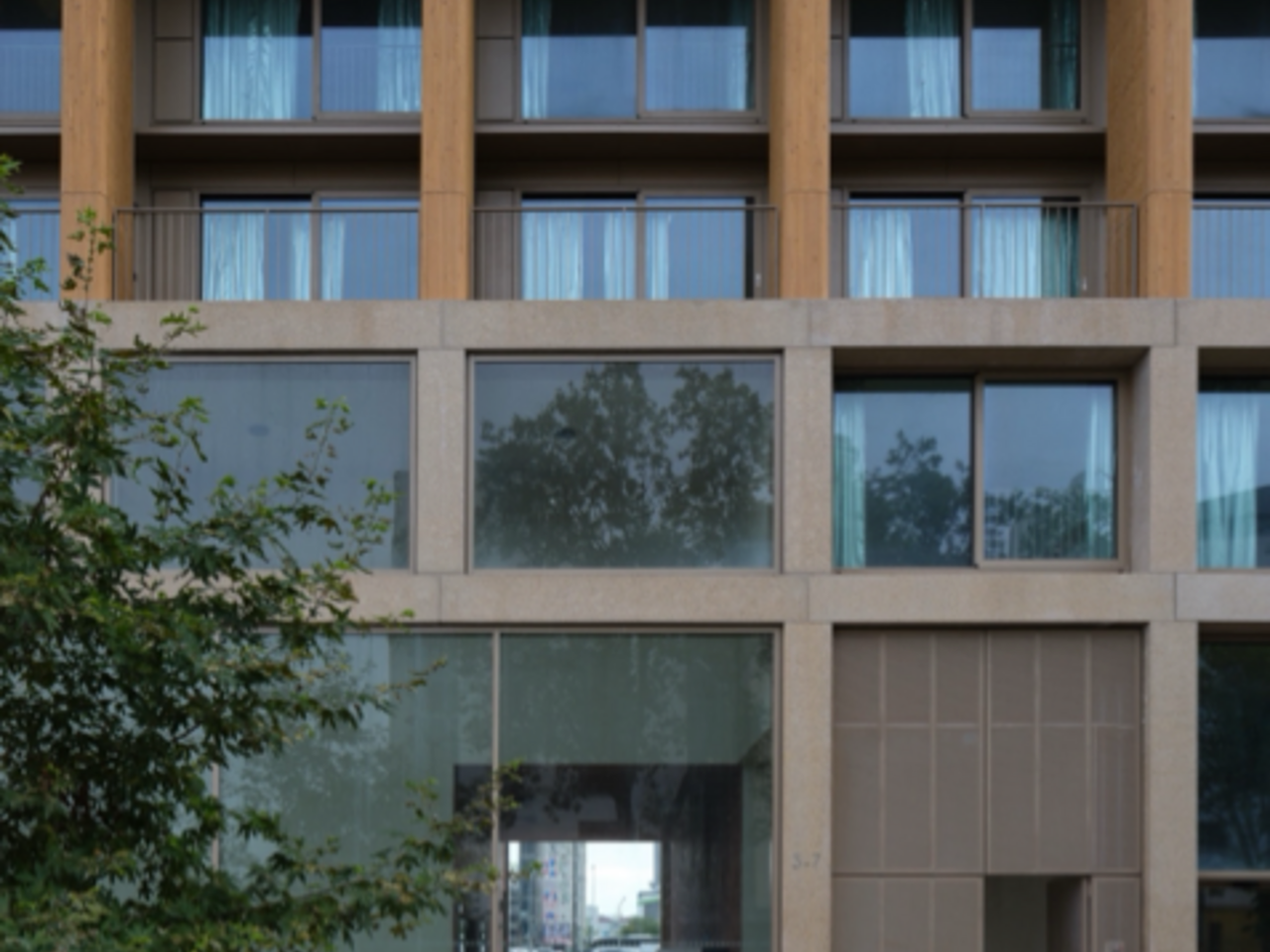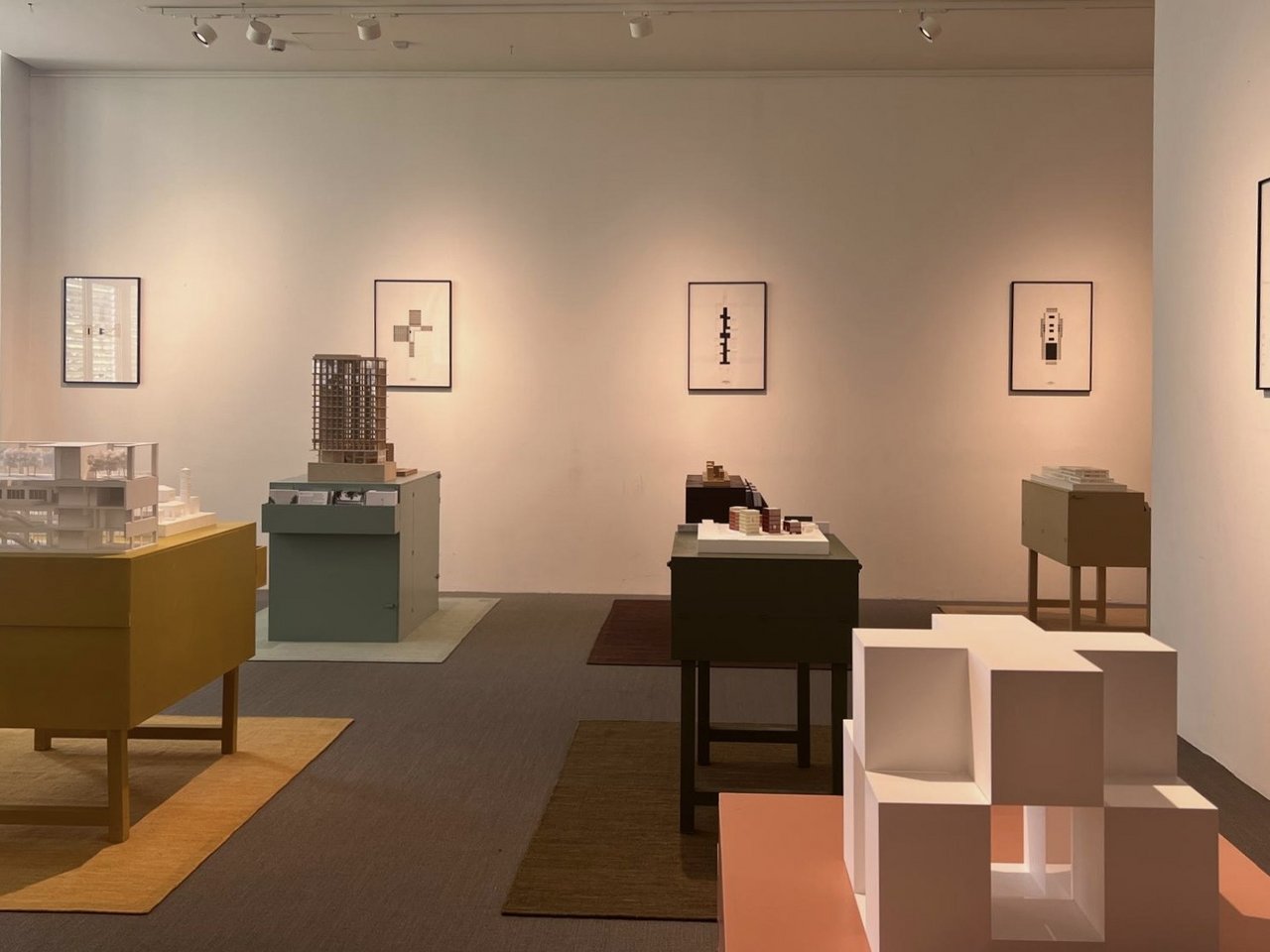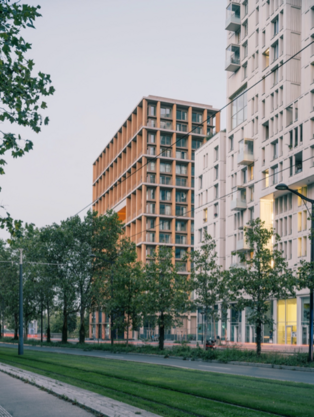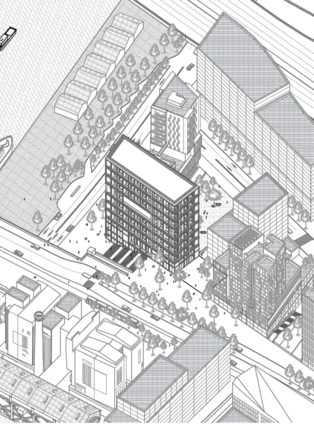Architecture is the art of living in time
Umberto Napolitano
LAN’s architecture emerges from the dialectical relationship between the autonomy of research and the heteronomy of possibility.
Once again, LAN reminds us of the essence of the architect’s work. Architecture is about making choices, establishing hierarchies among the materials handed down by history and indicating a direction to give substance to aspirations and evoke what is not present, but will prove necessary.
Imagining forms of public life remains, for LAN, the distinctive feature of any idea of the city, which has influenced the history of the urban phenomenon, in its forms and cultural framework. Thus, the construction of public space is crucial to the way LAN “makes the city” and conceives the “art of building”.
LAN thus demonstrates that a clear spatial “structure” can still allow to accommodate the changing ways in which contemporary society lives.
Since the end of the 20th century, our relationship with time has become blurred, and so have our coceptions of architecture.
In his conversations with Jean Nouvel in 2000, Jean Baudrillard said: “Architecture is a mixture of nostalgia and extreme anticipation”1.
A contradictory definition that questions architecture and curiously puts it in line with the coming century.
The 21st century, which truly began on September 11th of the following year, has emerged as the century of uncertainty and complexity. This raises questions for architecture, a discipline of project, projection, of time and of narrative.
How can we project ourselves into an unpredictable future? How can we rethink our relationship with time and truth today? How can we think about doubt? How can we construct it? Between subprime crises, tsunamis, giant fires, epidemics... the beginning of this century has intensified societal and environmental issues, and therefore architectural ones. A symbol of stability and permanence, the art of building must now deal with an unpredictable future. This awareness marked the end of a homogeneous and static conception of the building, and the beginning of the construction of forms in perpetual motion. “All buildings are predictions. All predictions are false”2 . The words of Stewart Brand in 1995 may best illustrate our approach to the act of construction and the ability of architecture to last over time.
Brand’s argument is called “Shearing Layers”, a theory of technical peeling that suggests that every building is composed of a superposition of layers that vary at different rates. Borrowing the concept from British architect and historian Frank Duffy3, he names the “Six S” the six fundamental temporalities of the building: Site, Structure, Skin, Services, Space plan, Stuff.
The first layer, the site, invokes the long term, that of the building of cities, and that of geology. Therefore, a structure, has a lifespan of about a century. The envelope changes every 15 to 20 years, and the fluids every 7 to 15 years. The interior design, partitions, and circulation evolve every two or three years, and finally the most interior layer, that of furniture and decoration, changes continuously.
WOOD UP Standing at a height of fifty metres, the Wood Up project represents a significant advancement in the field of timber construction in dense urban environments. Designed as a prototype, it responds to the City of Paris’s desire to explore the potential and limitations of wood as a structural material in the European context.
This experiment is part of a transition towards low-carbon construction methods, with the aim of setting new standards in terms of sustainability. The technical challenges and constraints inherent in this typology have thus become the foundation for applied research in engineering and architecture.
The integration of wood in high-rise residential construction was the subject of an in-depth study, as part of a competition organised by the City of Paris seven years ago. The goal was to demonstrate the relevance of this material in terms of reproducibility and regulatory evolution. Wood Up is an experimental response to this question.
-
Press release
PDF
-
Whiteroom flyer
PDF
-
Tunner flyer
PDF
